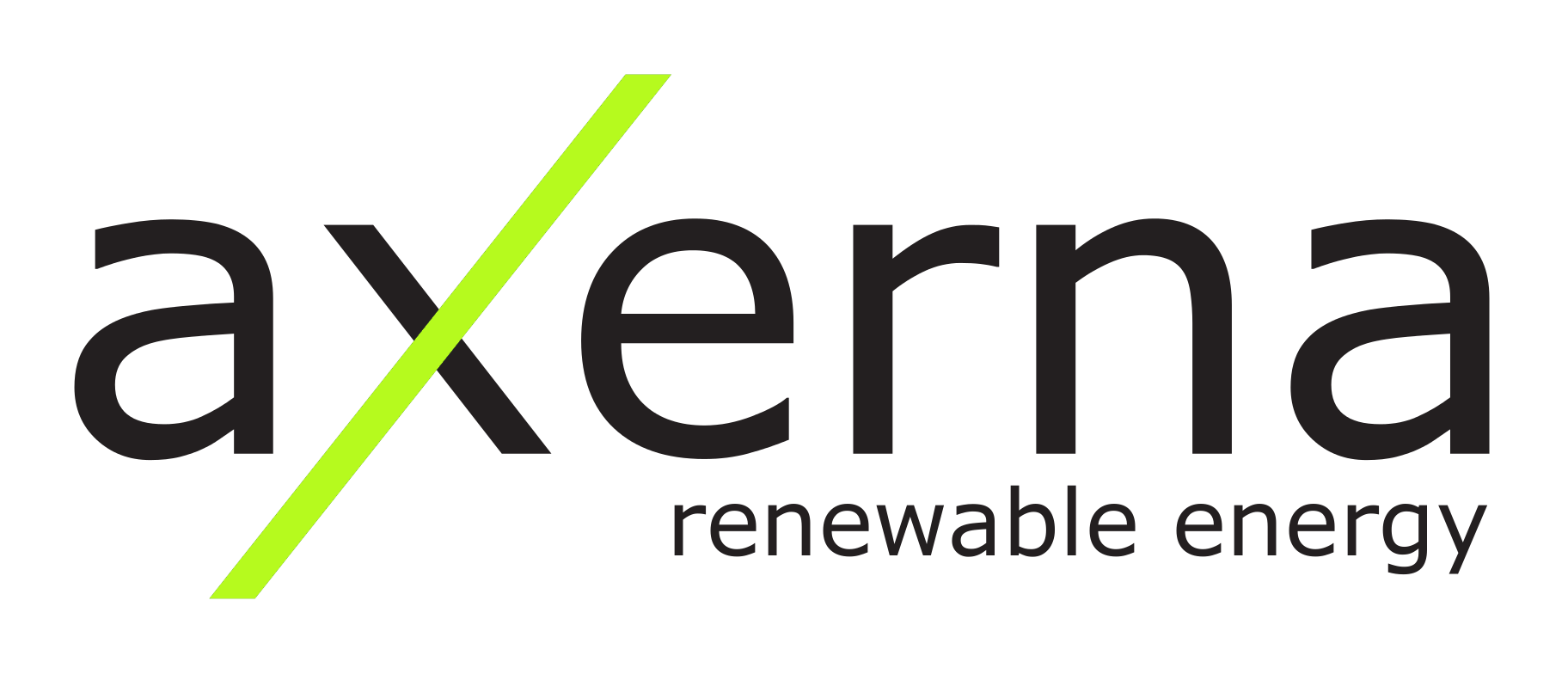What is a Green Data Center?
A green data center (also known as a sustainable or eco-friendly data center) is a facility designed, built, and operated to minimize environmental impact while maintaining the highest standards of performance, reliability, and security. It achieves this by significantly reducing energy consumption, water usage, carbon emissions, and electronic waste compared to conventional data centers.Why Green Data Centers Matter
Data centers currently account for approximately 2–3% of global electricity consumption—a figure expected to grow rapidly with the expansion of cloud computing, artificial intelligence, and digital services. Traditional data centers are highly energy-intensive and often rely on fossil-fuel-generated power. Green data centers address these challenges by prioritizing environmental responsibility without sacrificing operational efficiency.Key Features and Practices
Green data centers combine advanced technologies, innovative design, and sustainable operational strategies:| Energy Efficiency |
|
| Renewable Energy Use |
|
| Cooling Optimization |
|
| Water Usage Effectiveness (WUE) |
|
| Sustainable Construction |
|
| Carbon & Waste Management |
|
| Measurement & Reporting |
|
Industry Standards and Certifications
Leading green data centers typically hold one or more of the following internationally recognized certifications:- LEED (Leadership in Energy and Environmental Design)
- BREEAM (Building Research Establishment Environmental Assessment Method)
- Energy Star for Data Centers
- ISO 50001 – Energy Management Systems
- Climate Neutral Data Centre Pact (European target: climate neutrality by 2030)
Benefits of Choosing a Green Data Center
- Environmental: Reduced greenhouse gas emissions and lower strain on natural resources
- Economic: 20–40% savings on electricity and operational costs
- Regulatory & Reputation: Easier compliance with carbon taxes and ESG requirements
- Resilience: Enhanced reliability and uptime through modern technologies
